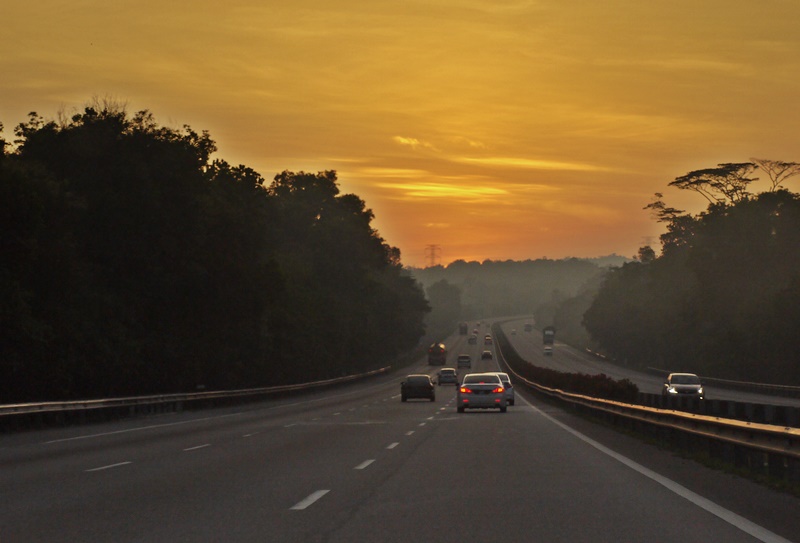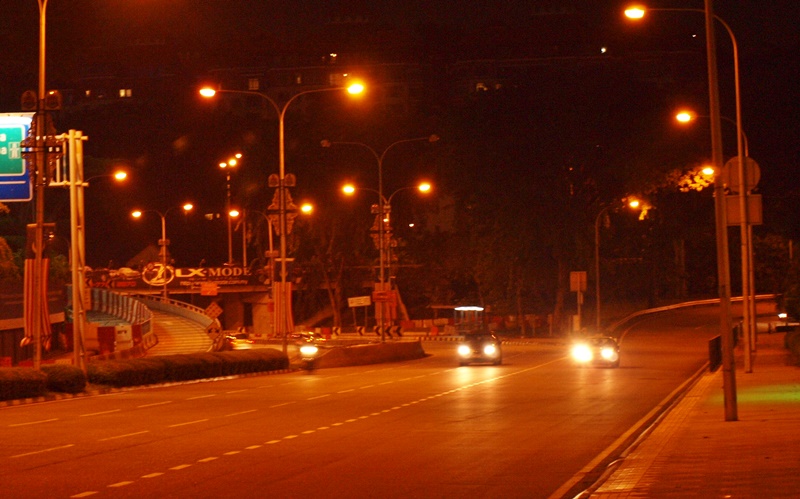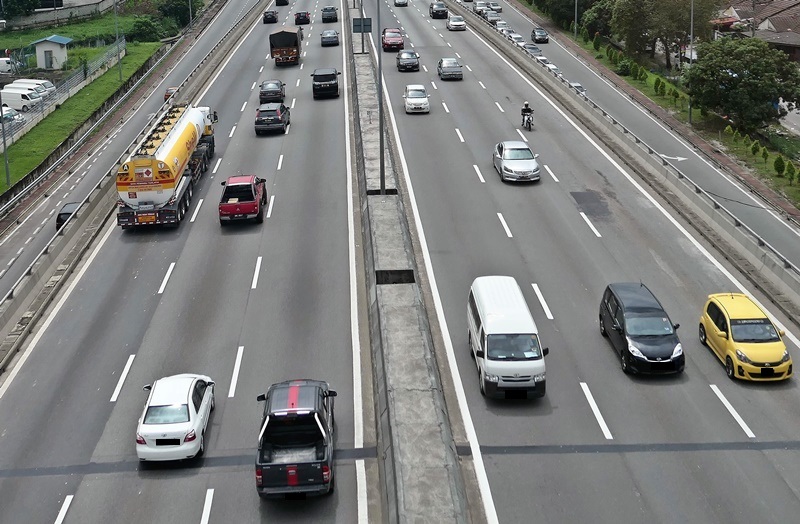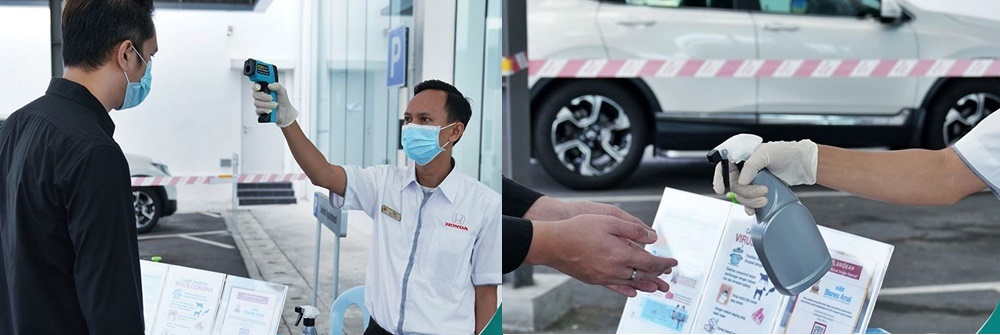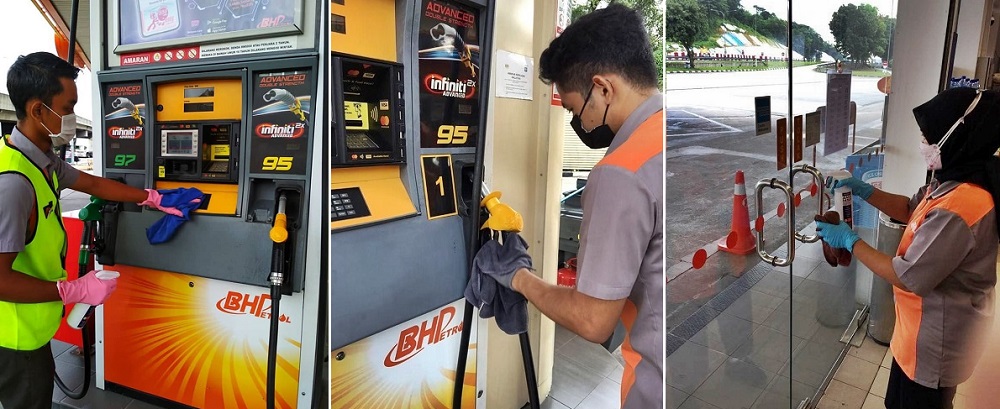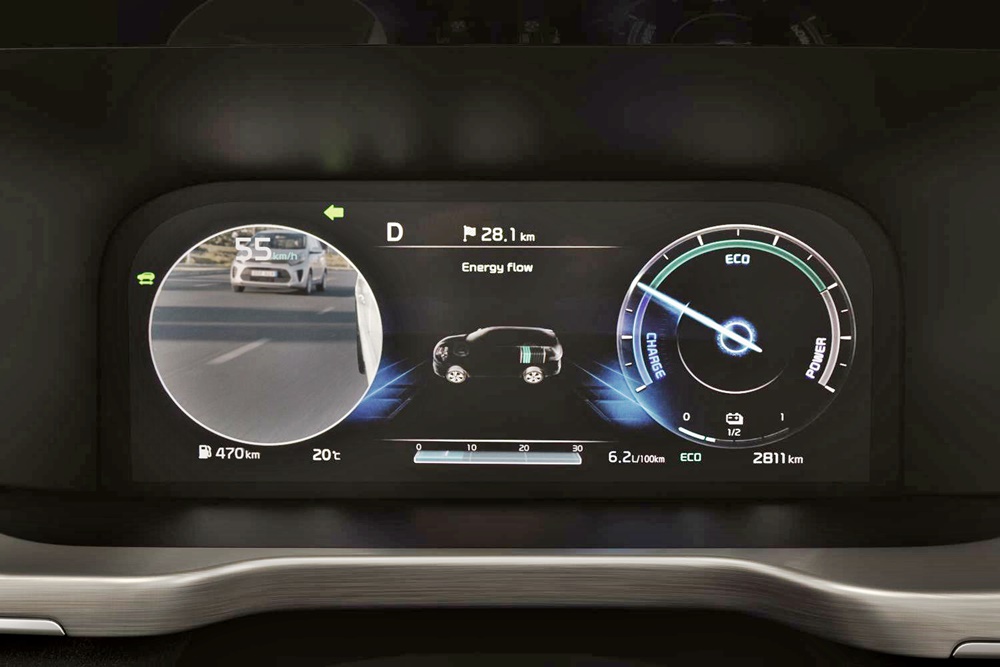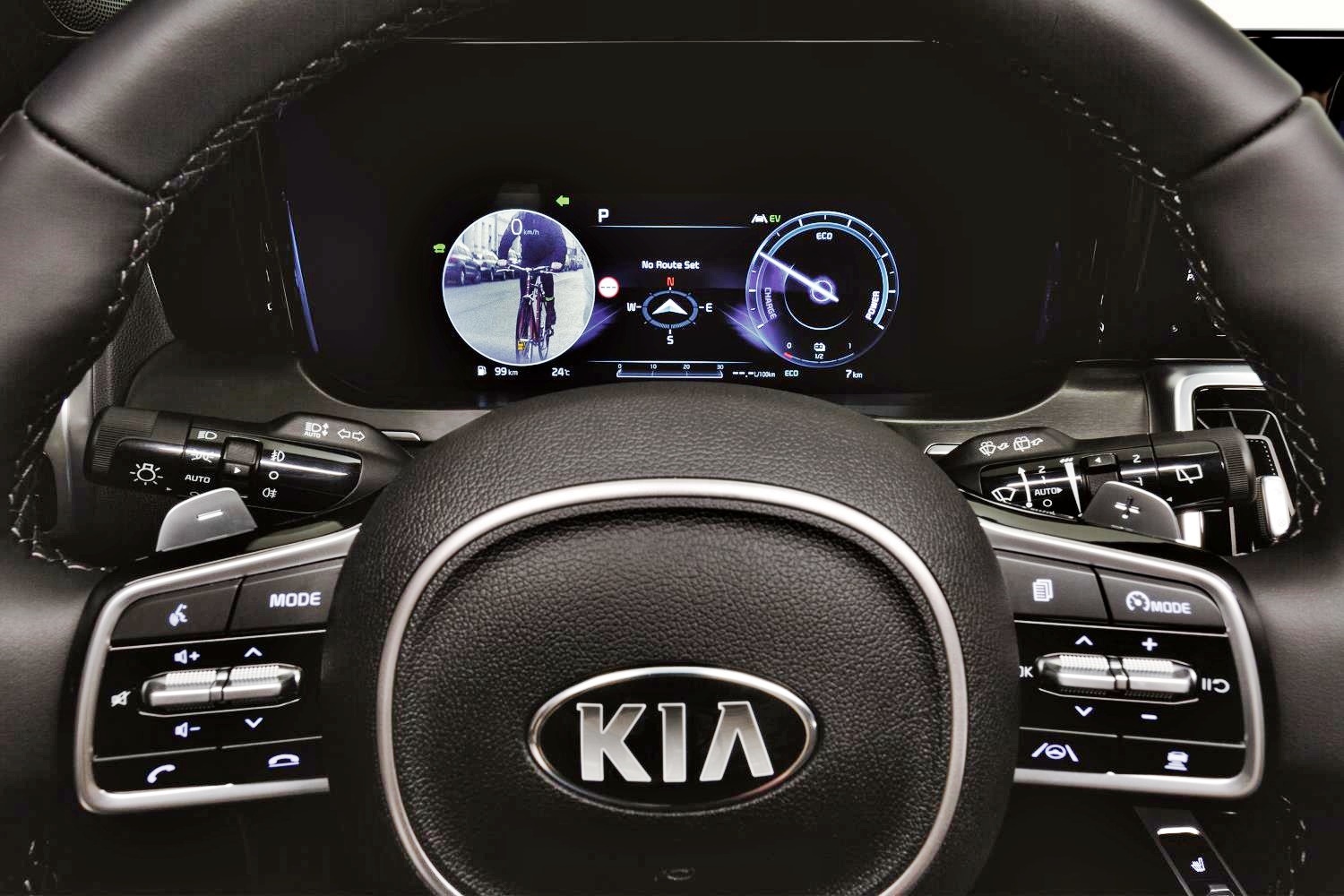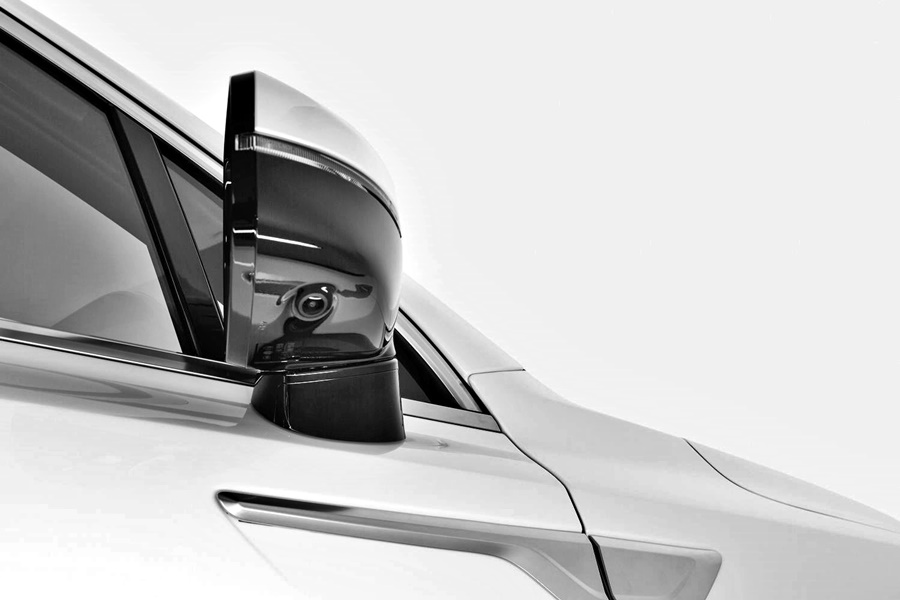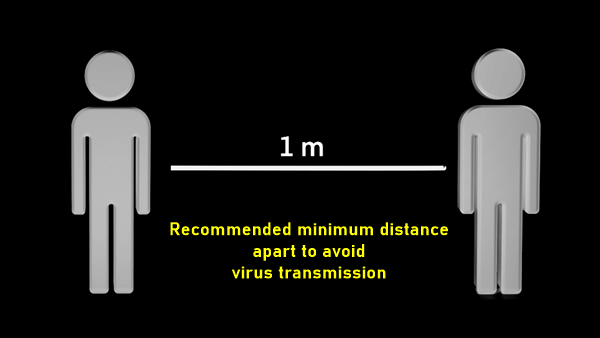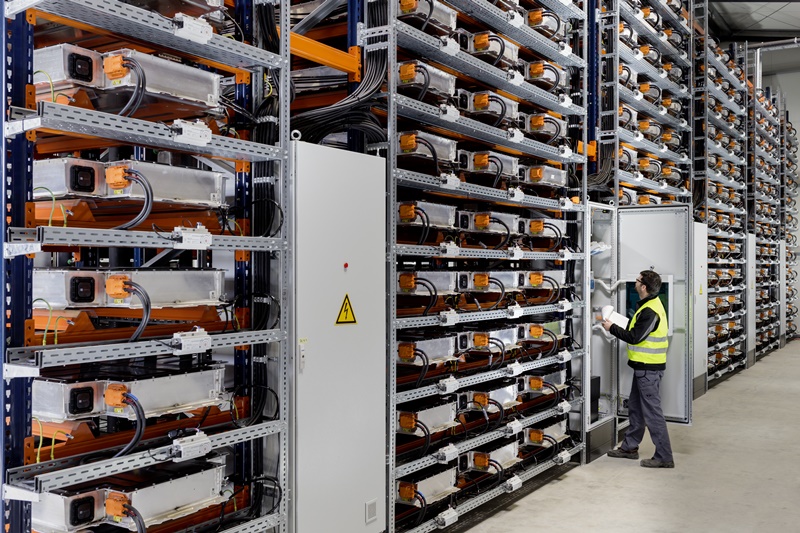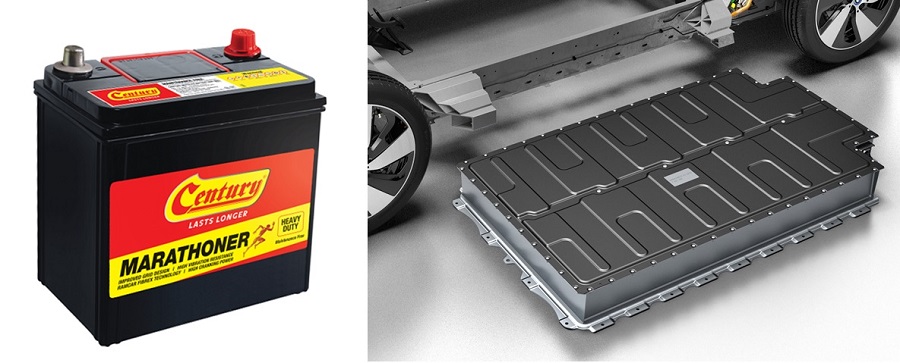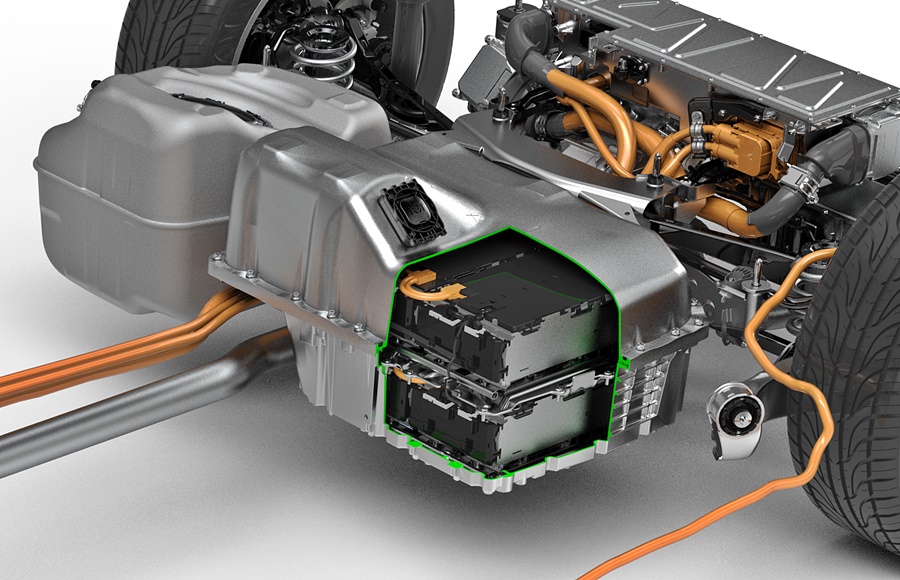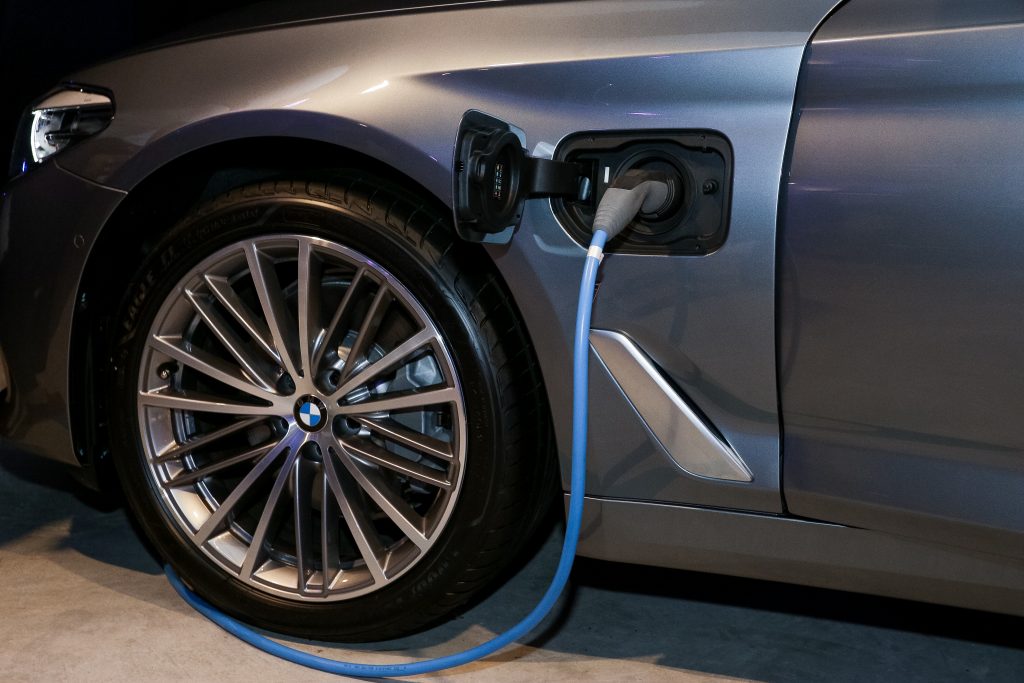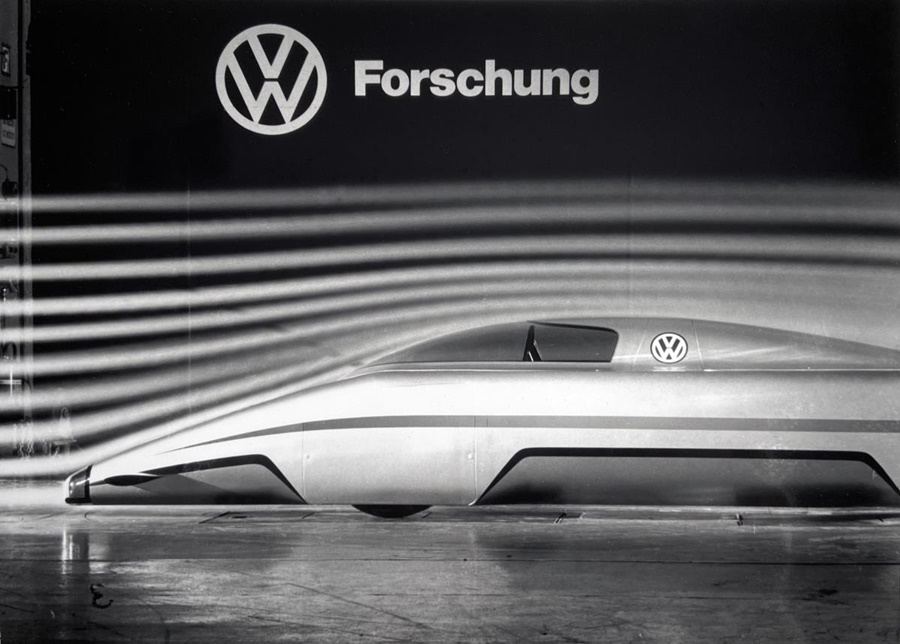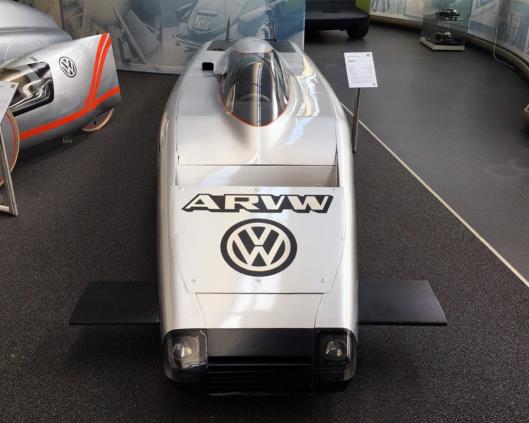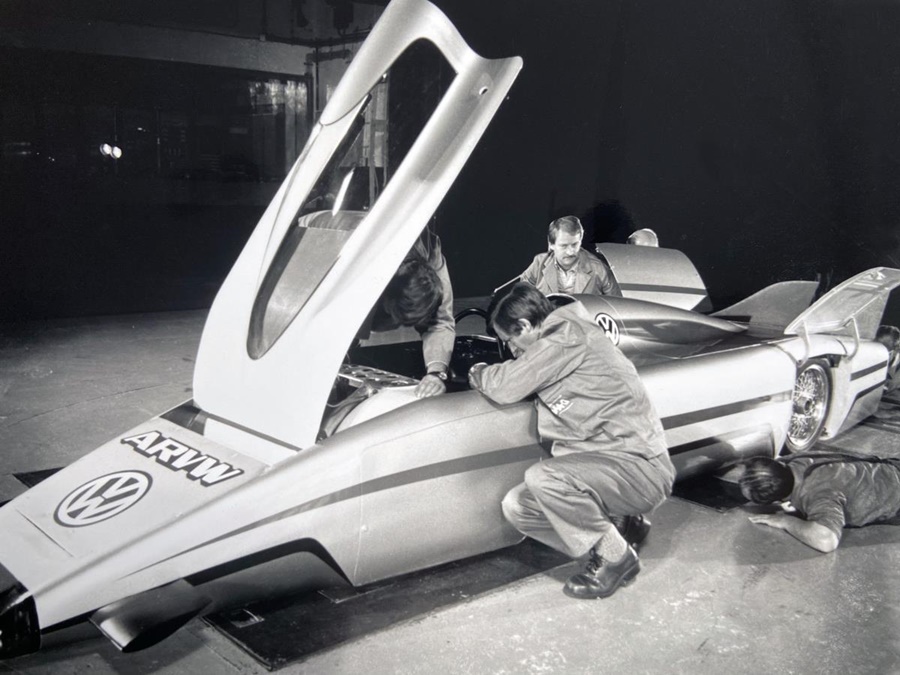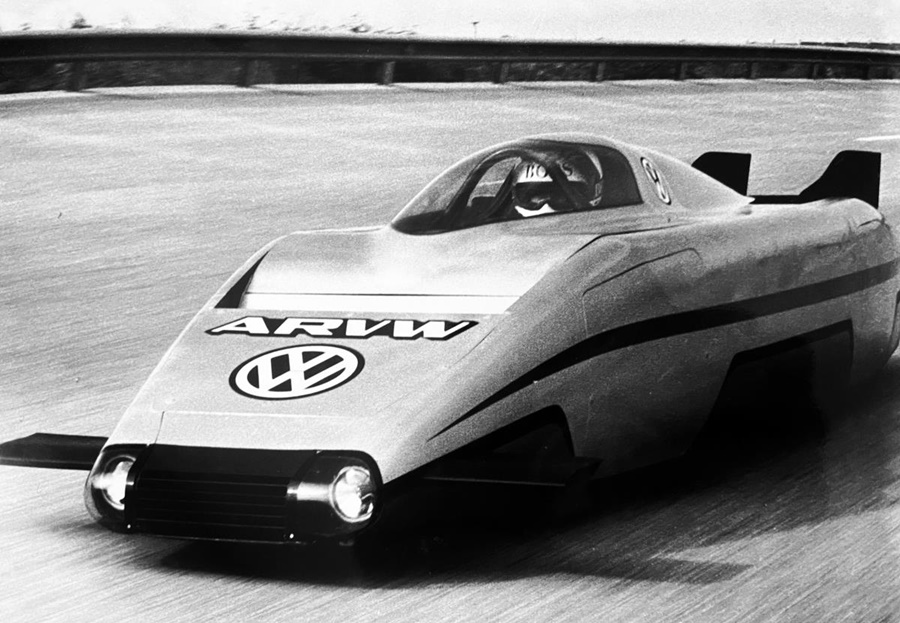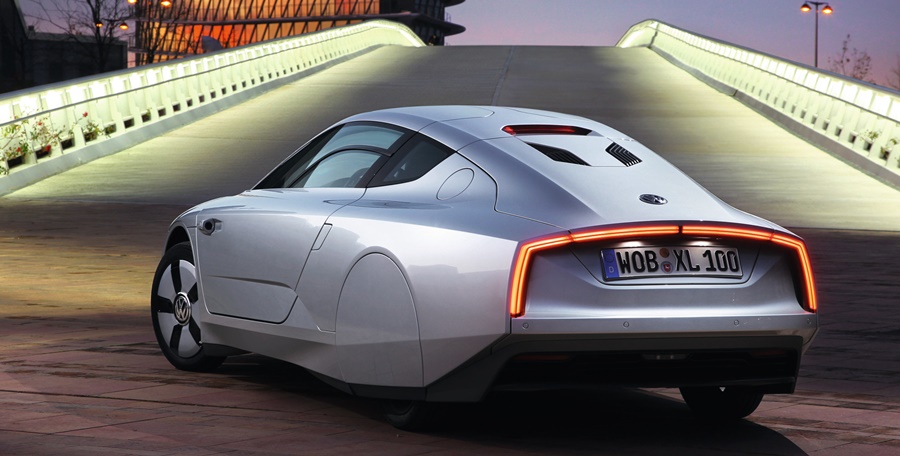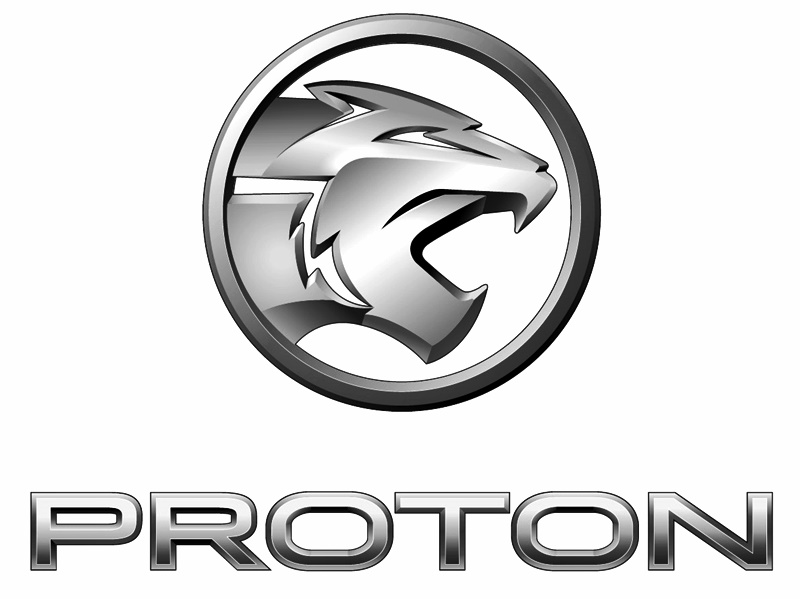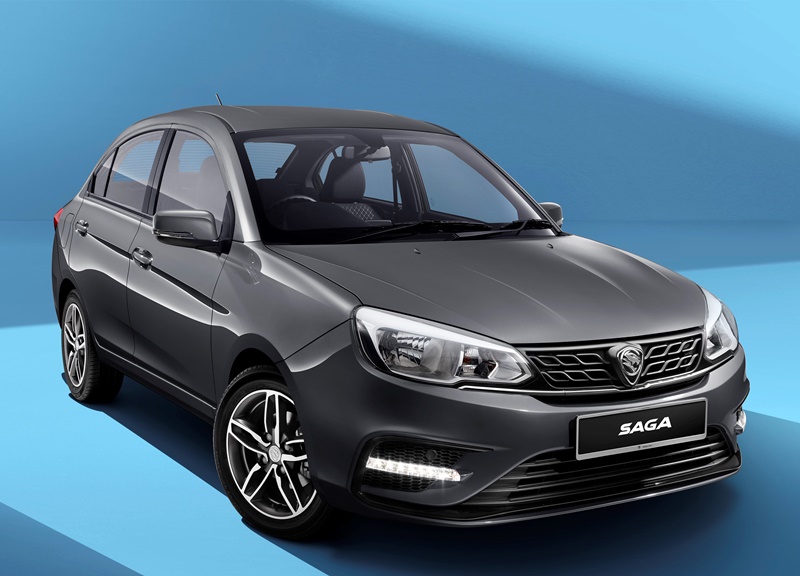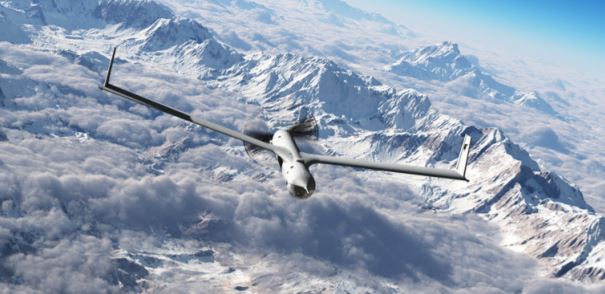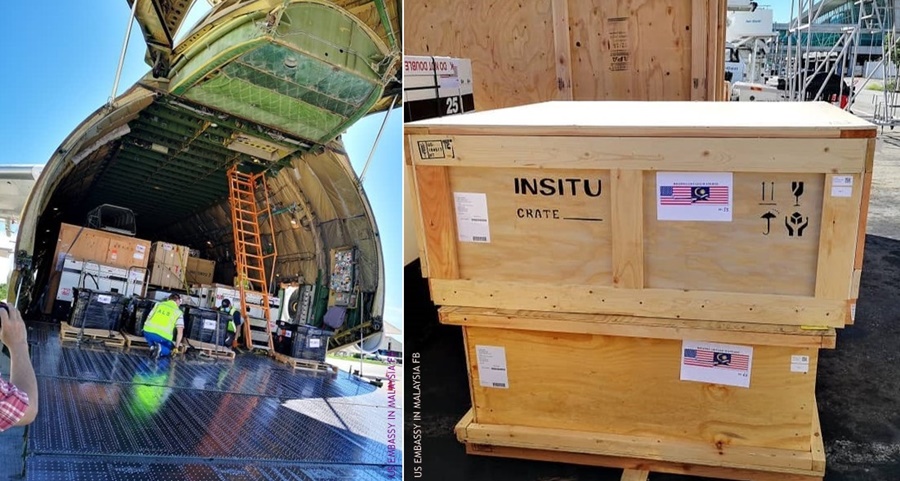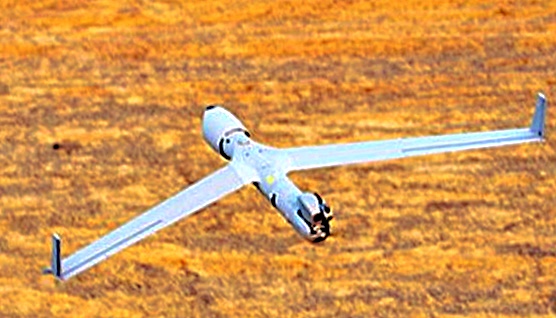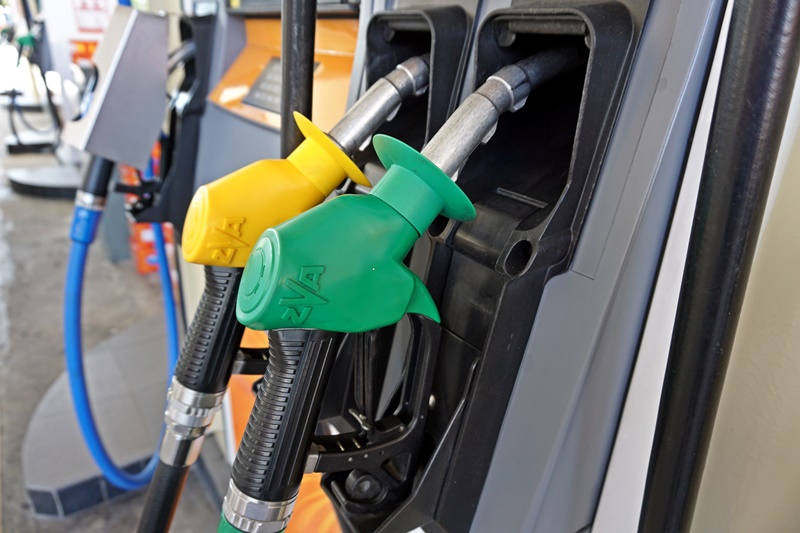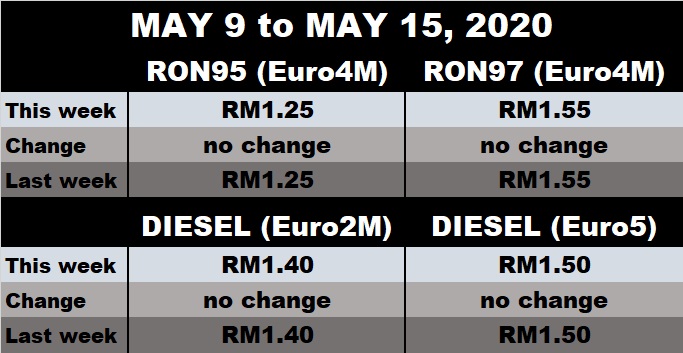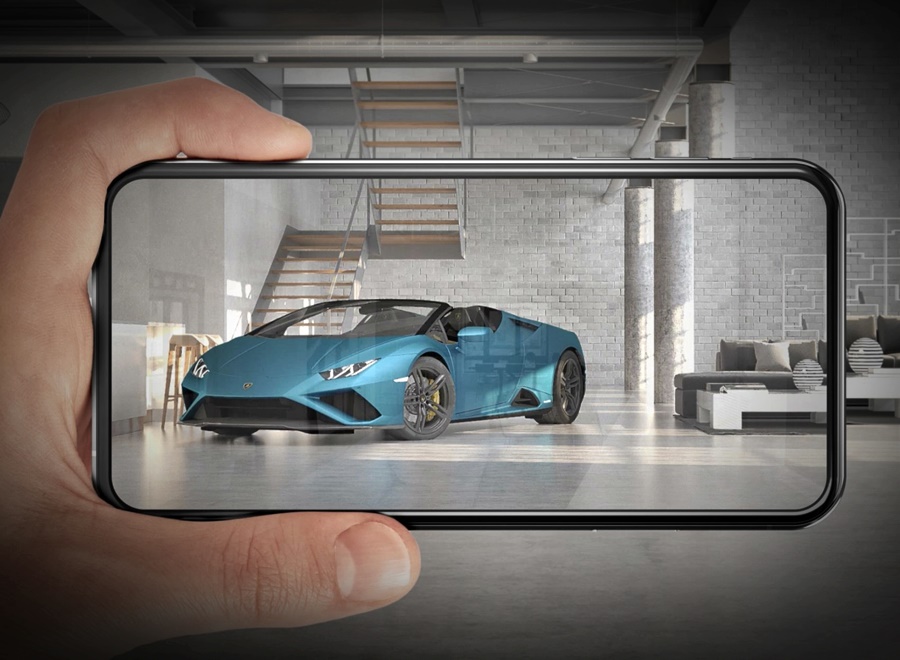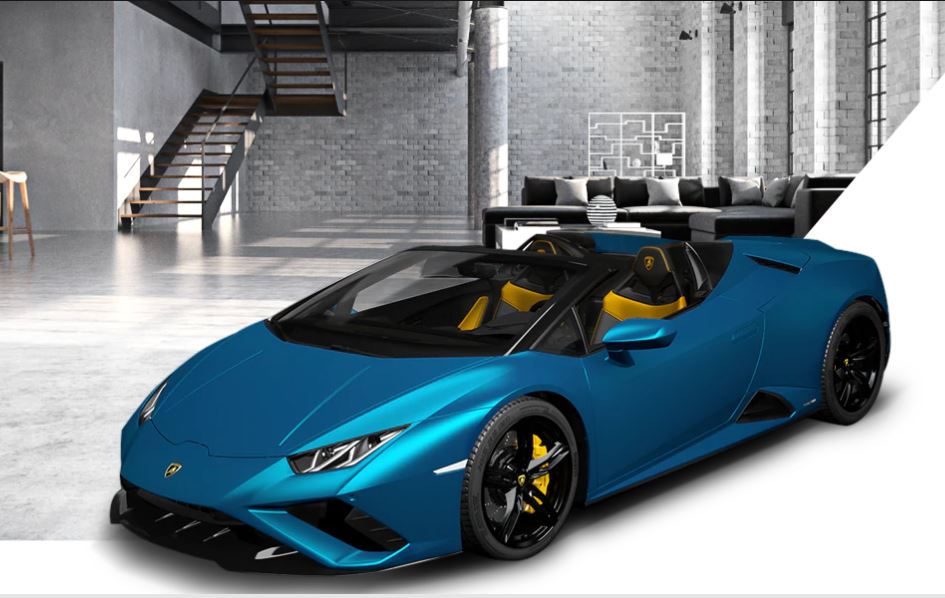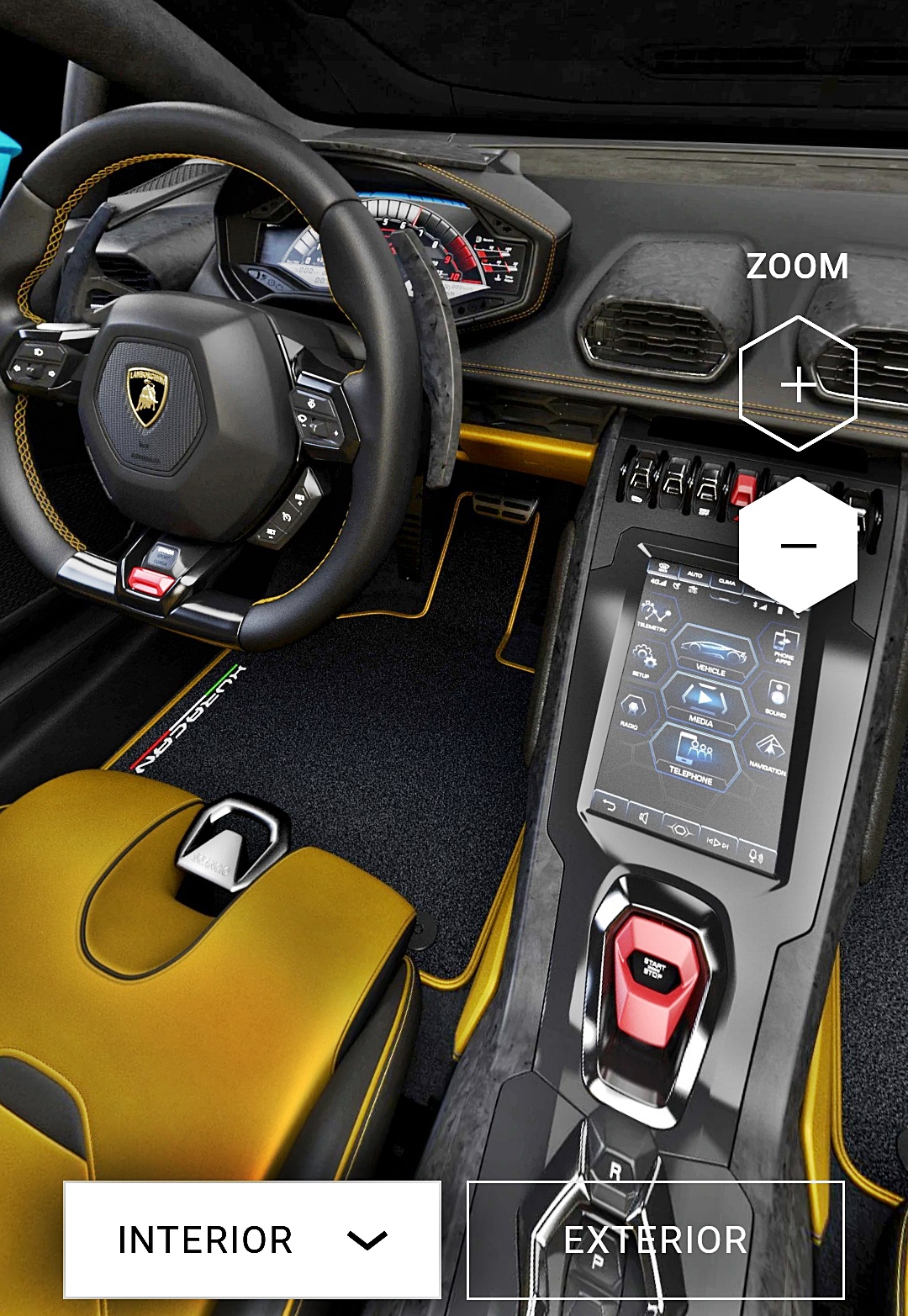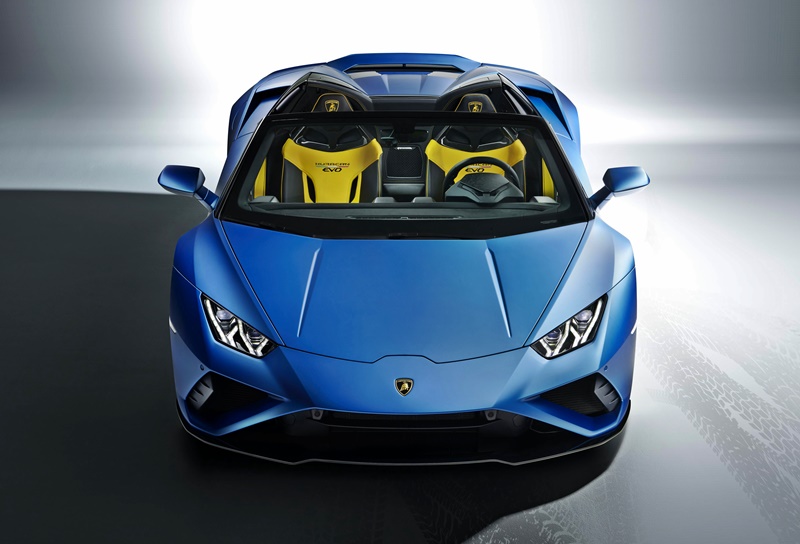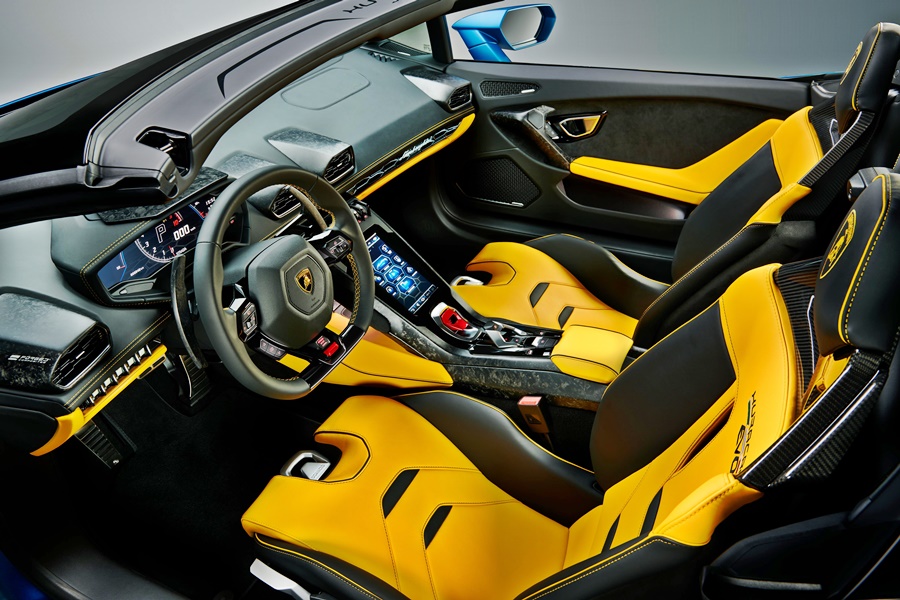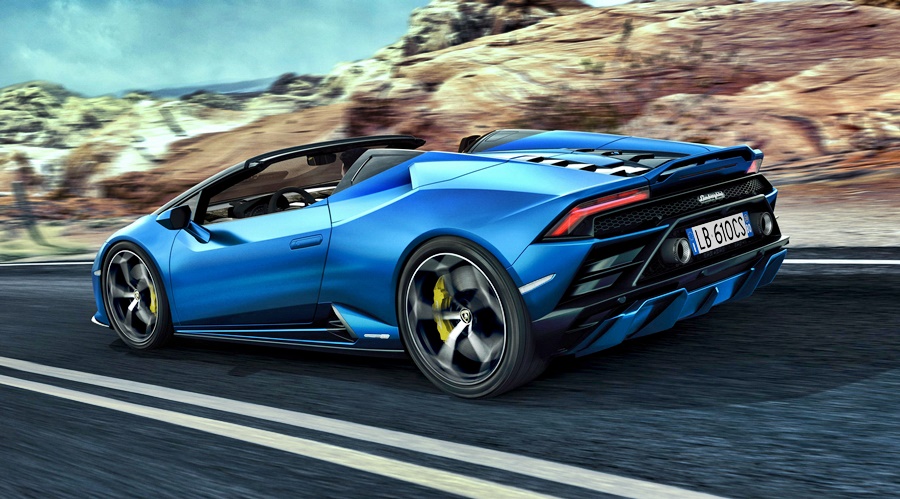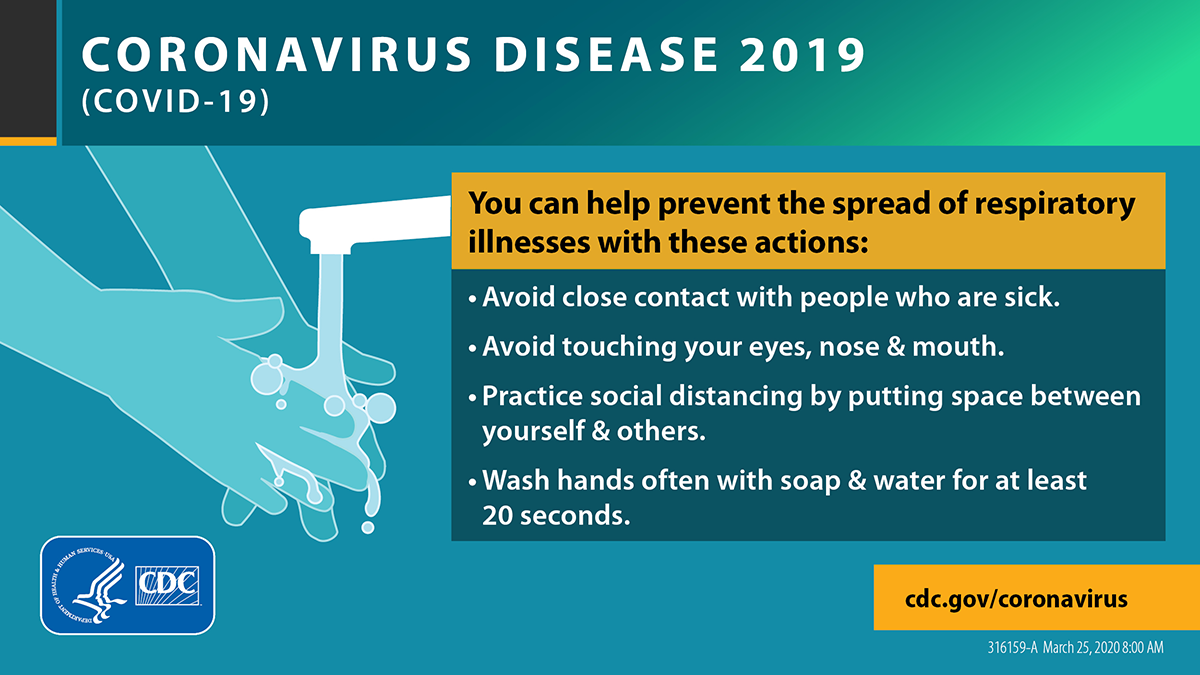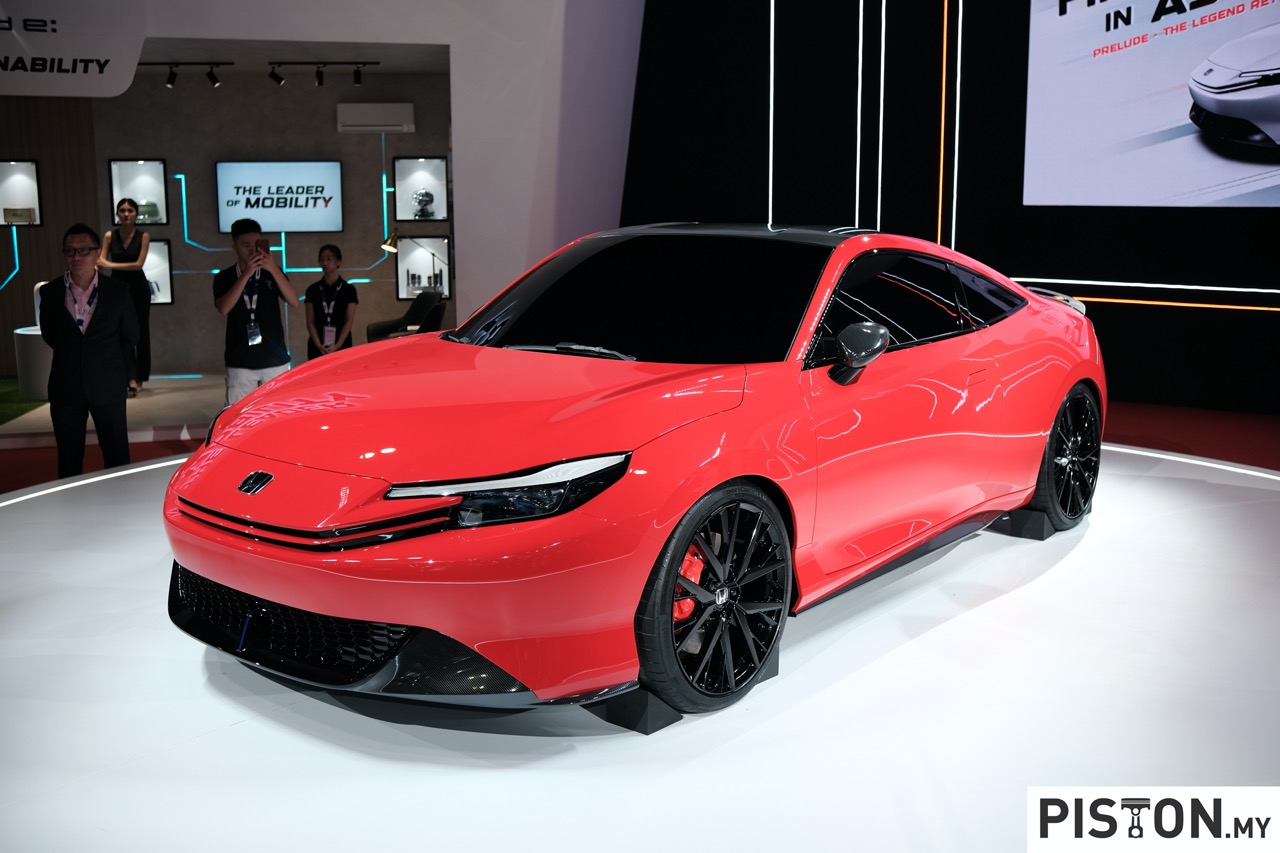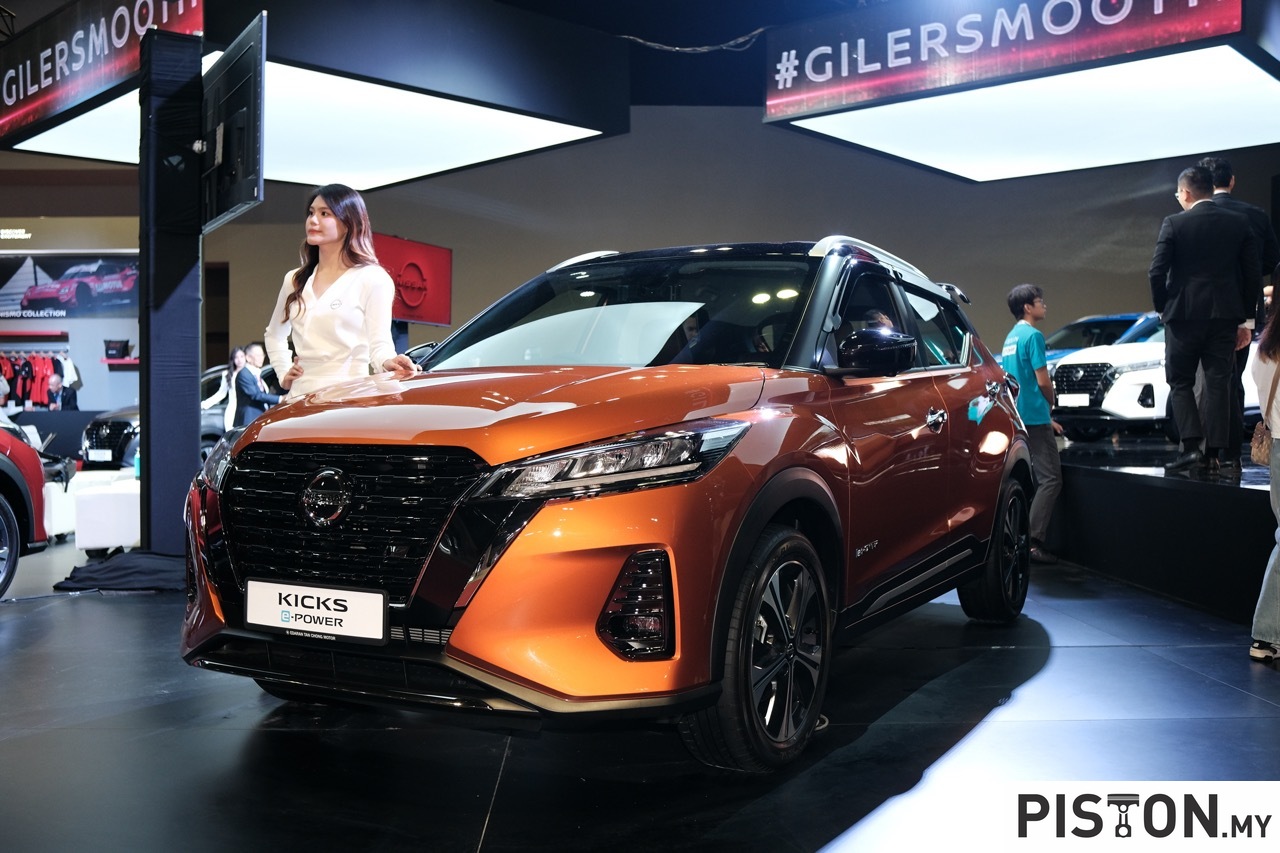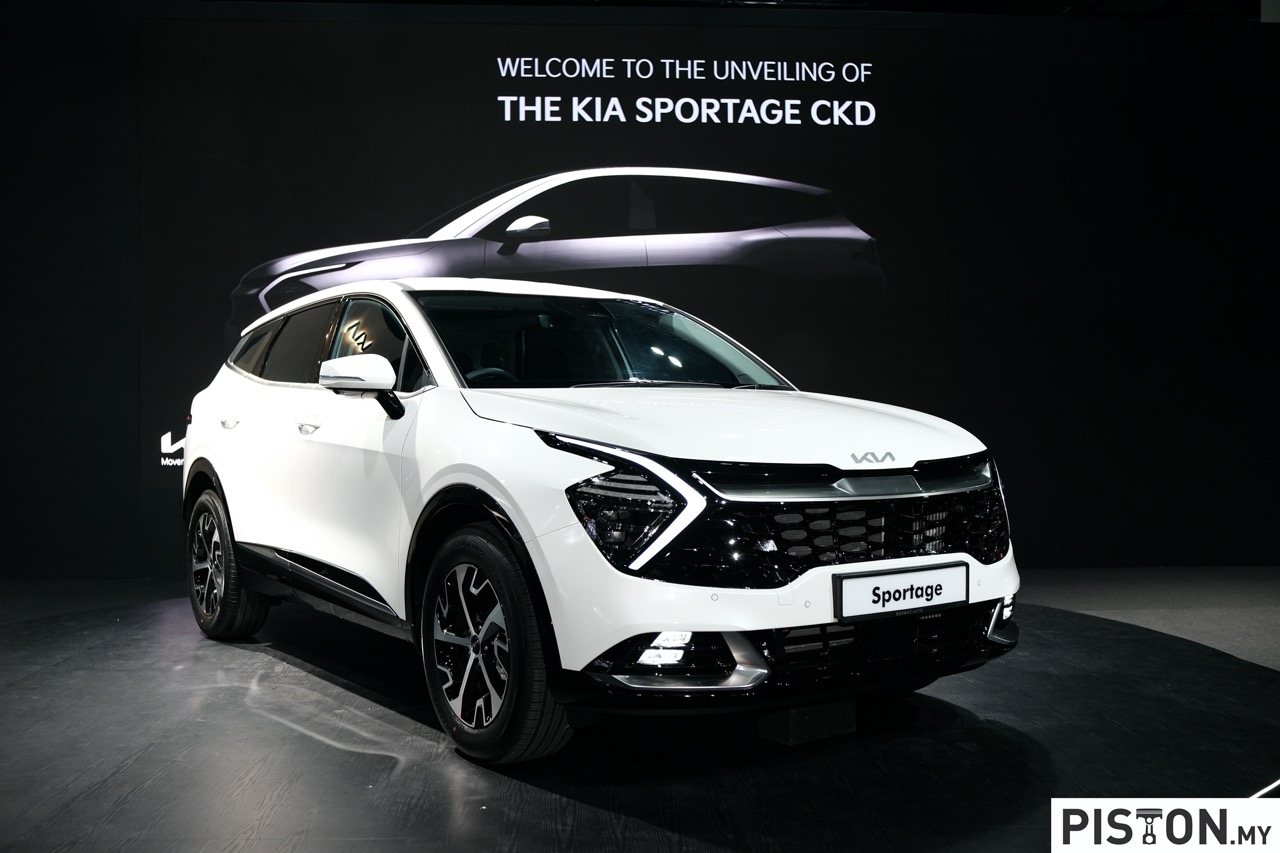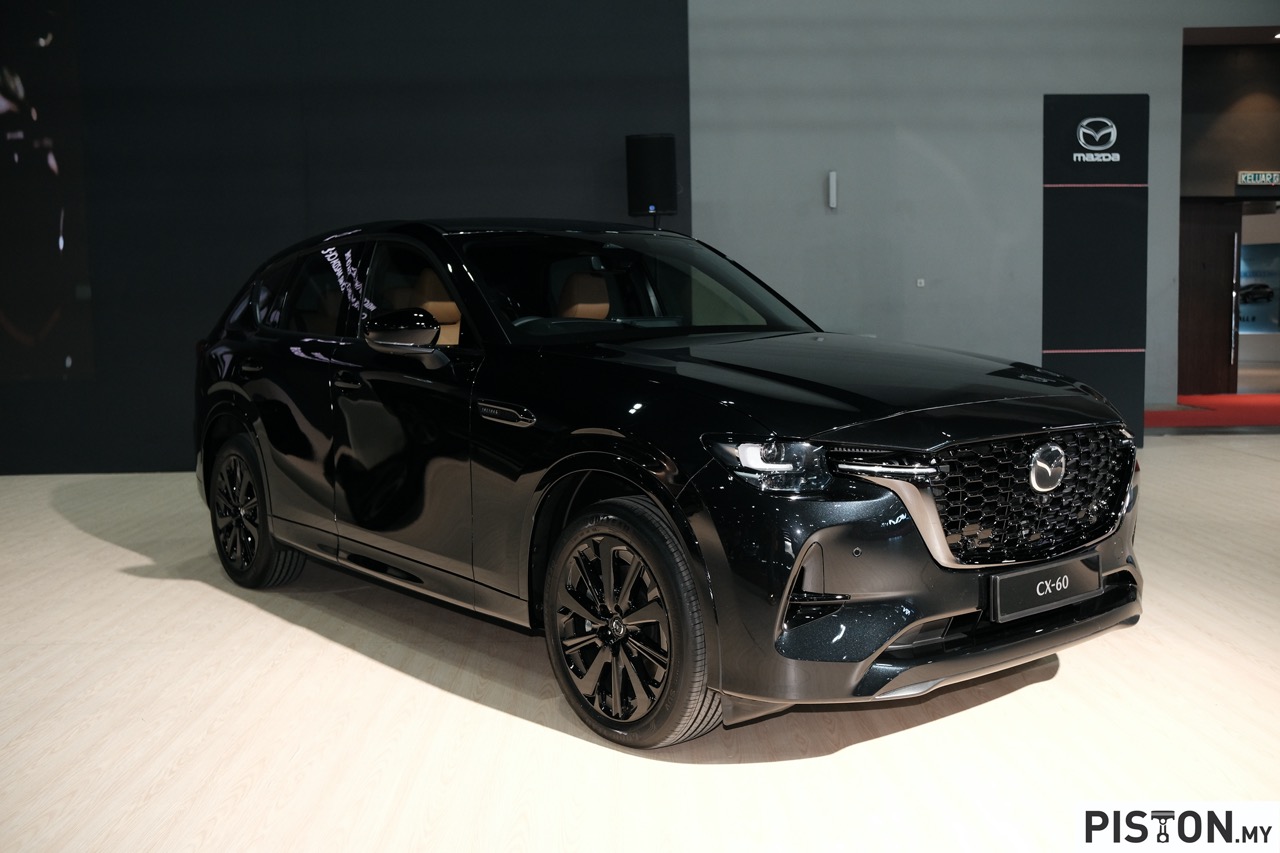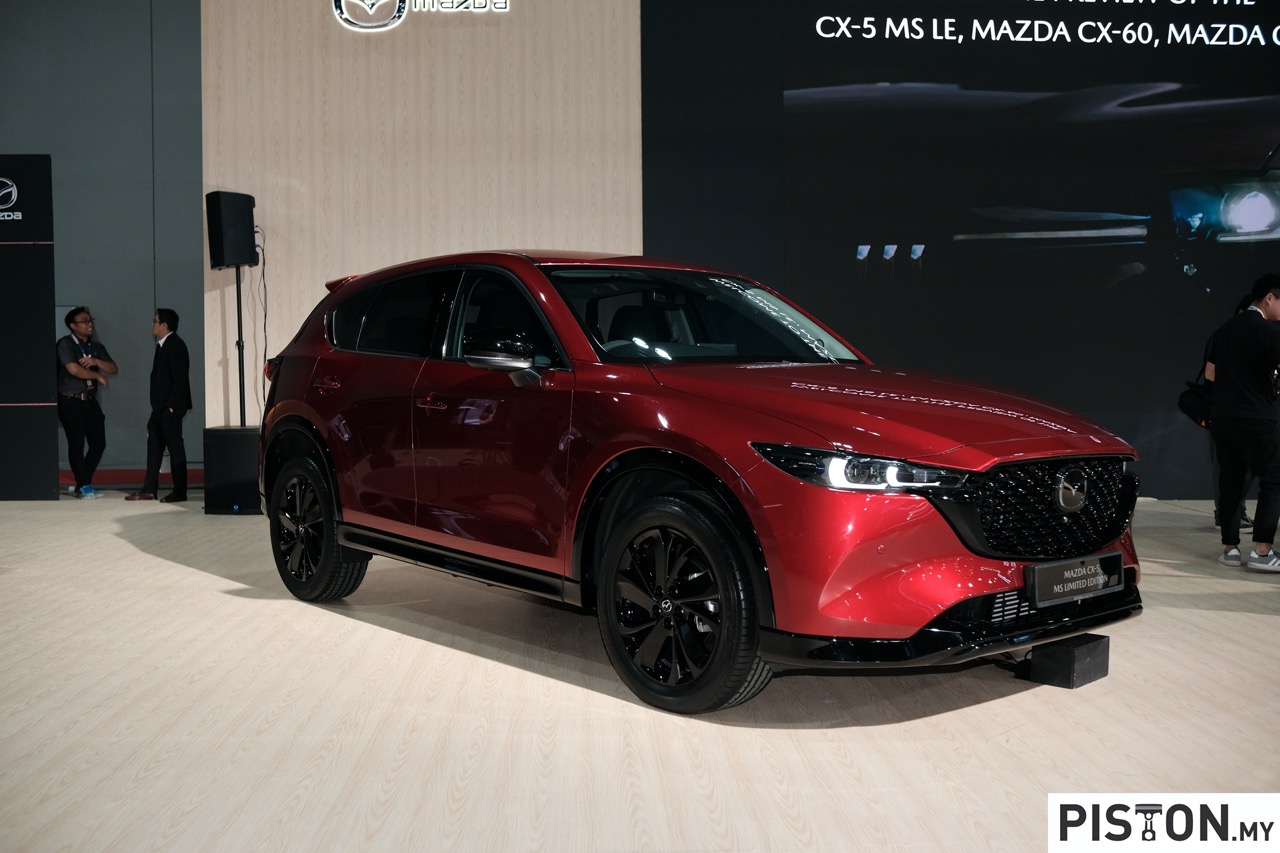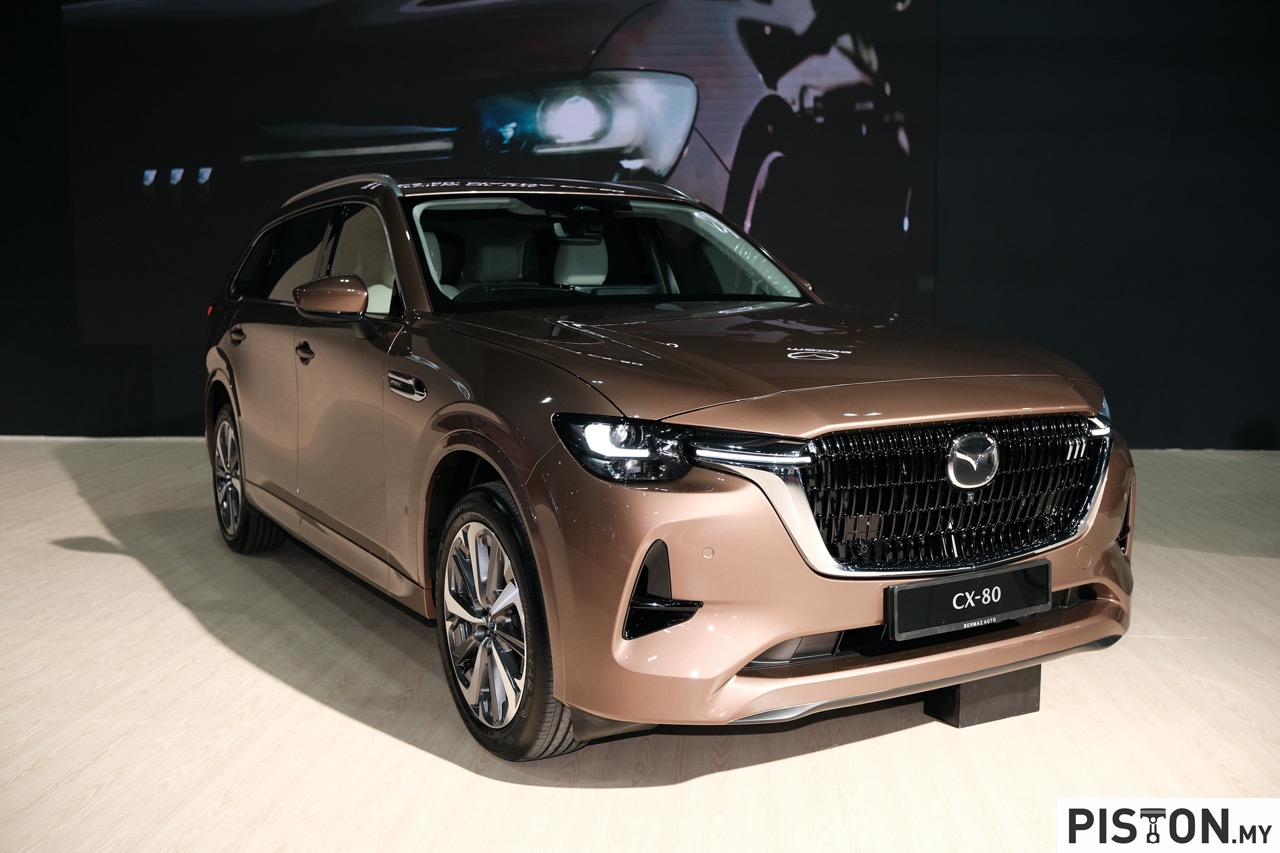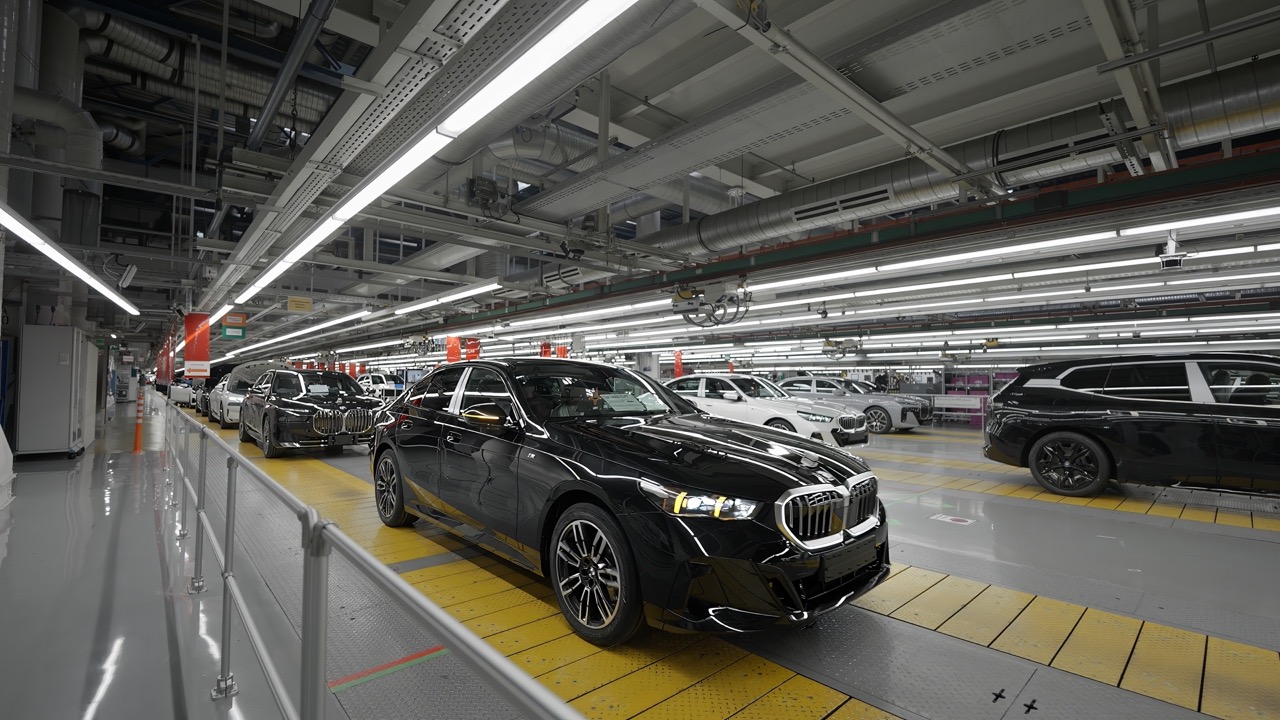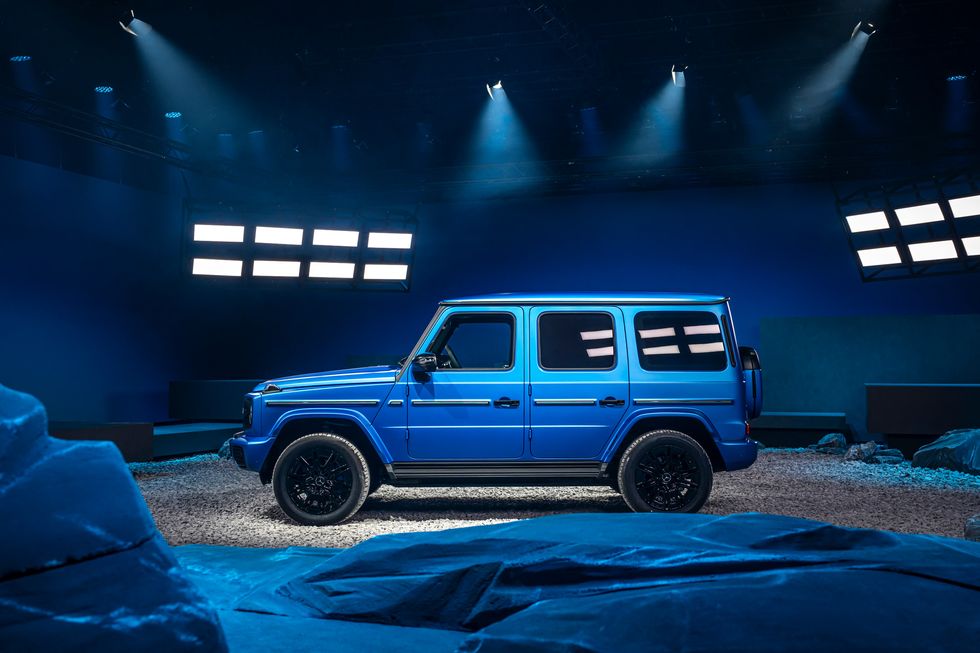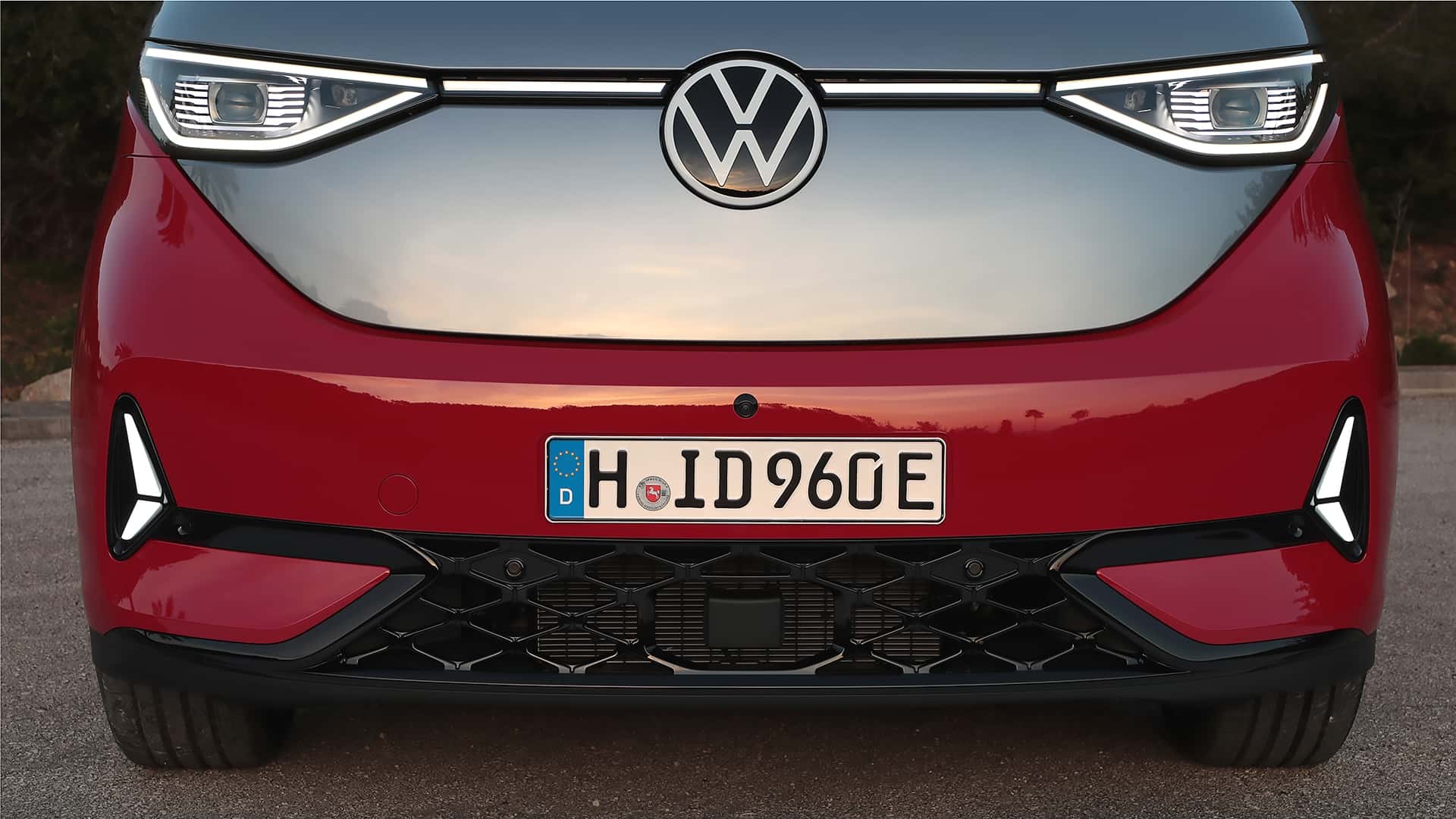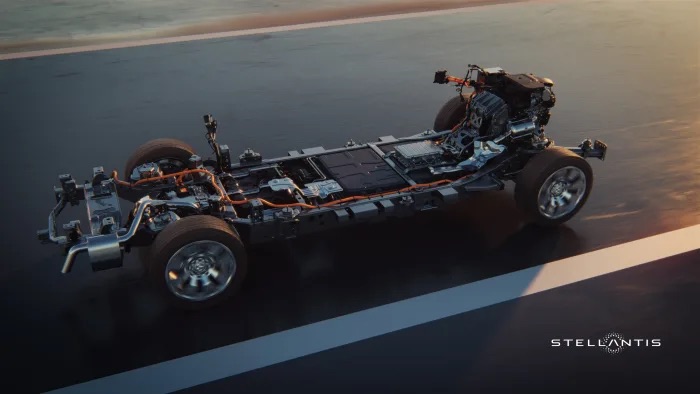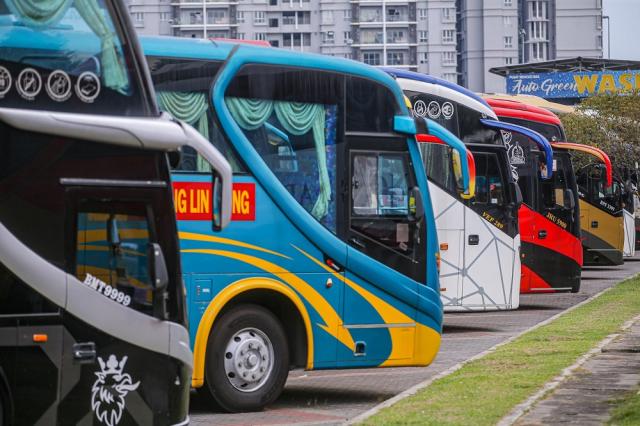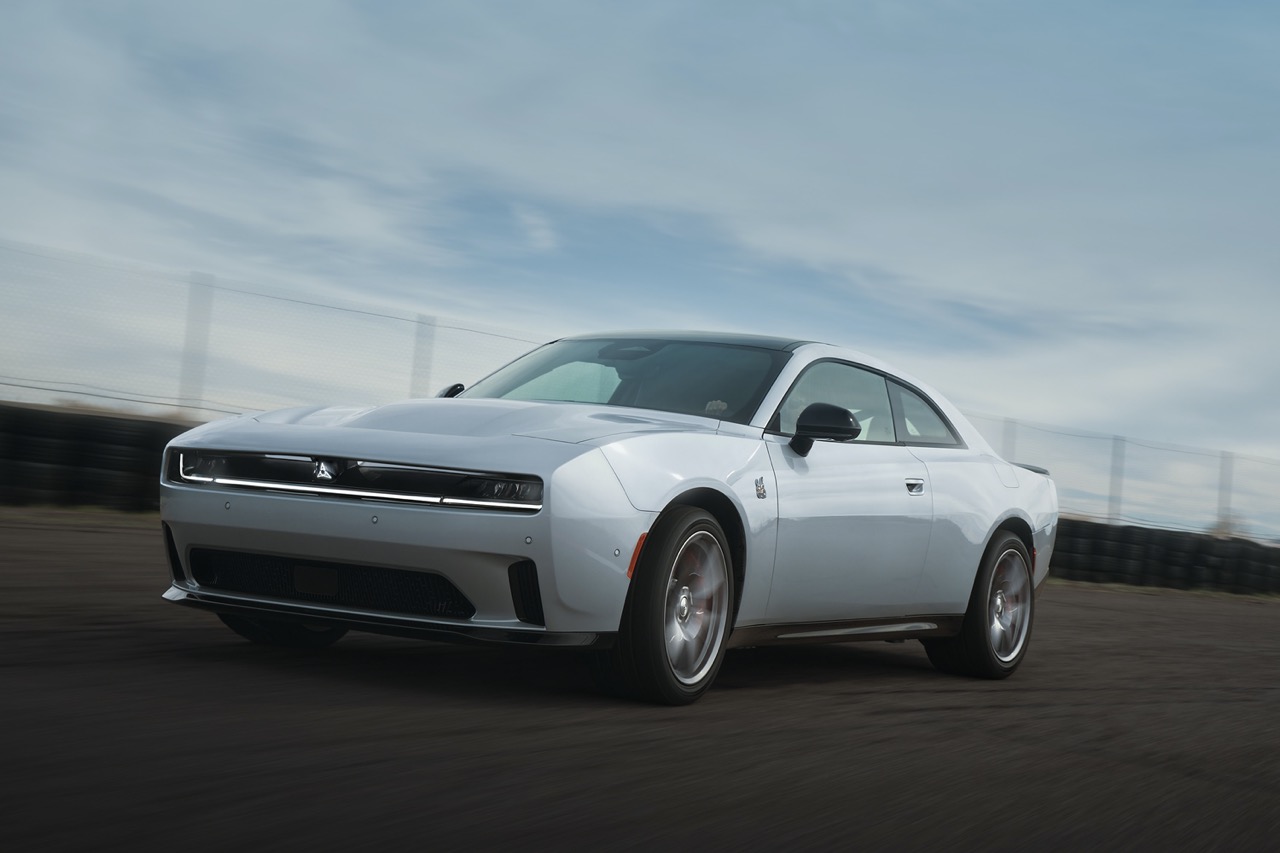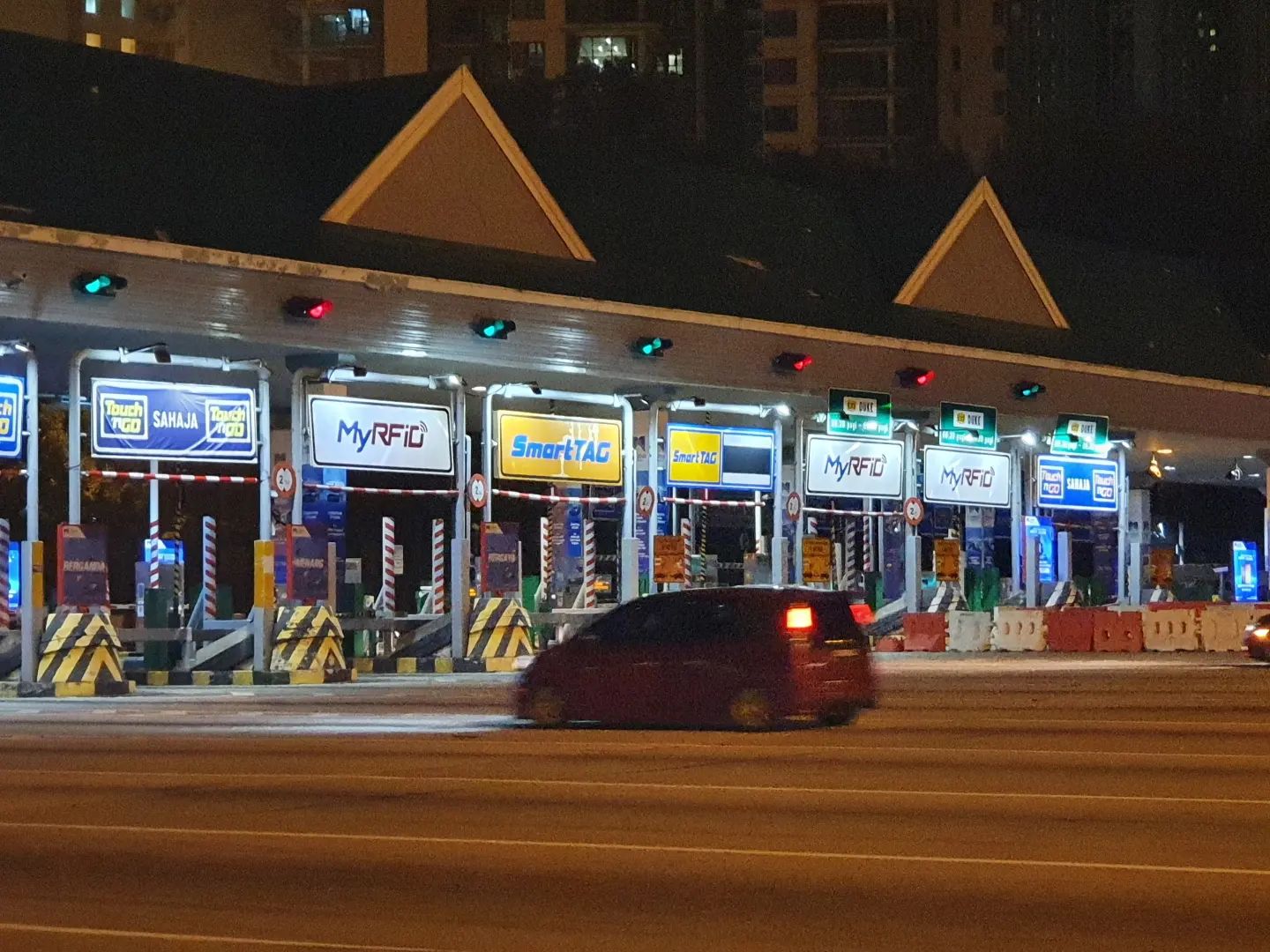Virtually all industries and businesses in Malaysia suspended operations on May 18 as the Movement Control Order (MCO) started, a measure to stop the spread of the COVID-19 coronavirus.With the situation improving, the government is allowing resumption of operations of most industries.
Assembly Services Sdn Bhd (ASSB), UMW Toyota Motor’s subsidiary involved in manufacturing Toyota vehicles, is among those that has resumed its assembly operations. It has two assembly plants in Selangor and the newer one at the Bukit Raja Industrial Park commences today. This plant assembles the popular Vios and Yaris models and has been in operation since January 2019. The second plant in Shah Alam, among the oldest in Malaysia, will commence operations on June 9, 2020.

“We are grateful to the Selangor State Government for its decision to implement the CMCO with customised details and understand that it is in the best interest of the state and people,” said Ravindran K., President of UMW Toyota Motor. “With the resumption of operations, we hope to help in boosting the economy and add momentum to the automotive industry and business moving forward.”
As with all companies allowed to resume their operations at full capacity, there are strict Standard Operating Procedures (SOPs) which must be followed. ASSB will fully adhere to these SOPs for the protection and health of the approximately 2,000 employees working at its facilities.
The SOPs include establishing distances of 1 metre or more between workers; regular temperature checks; provision and use of hand sanitizers and face masks; and sanitization of various areas around the plant three times daily. Where necessary, working hours and work flows are adjusted to create a safe environment.
“Toyota Motor Corporation is also very serious about providing safe and healthy conditions for all employees. As a member of the global Toyota family, ASSB can therefore draw on healthcare advice and best practices from TMC regarding additional measures that can be taken here in Selangor,” added Akio Takeyama, Deputy Chairman of UMW Toyota Motor.
War on COVID-19: Toyota Boshoku UMW makes PPE for frontliners









